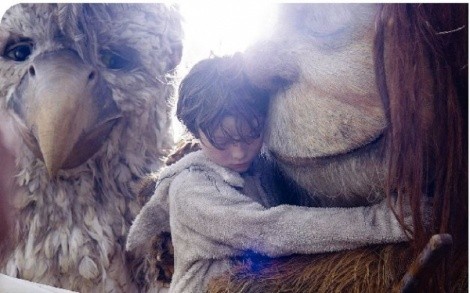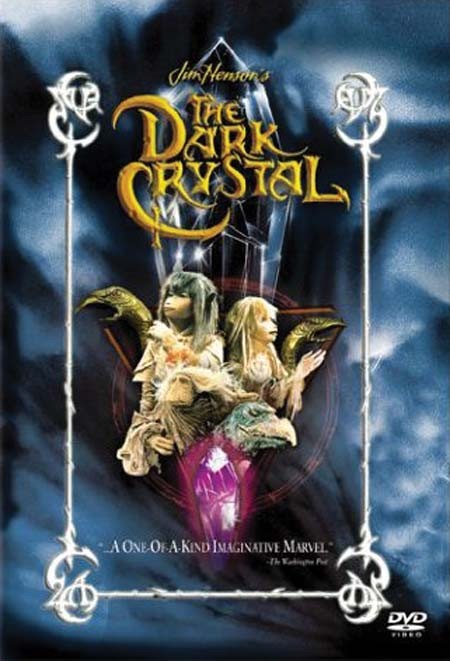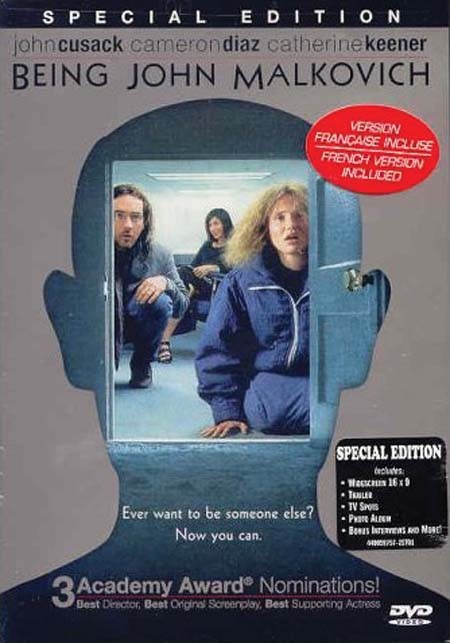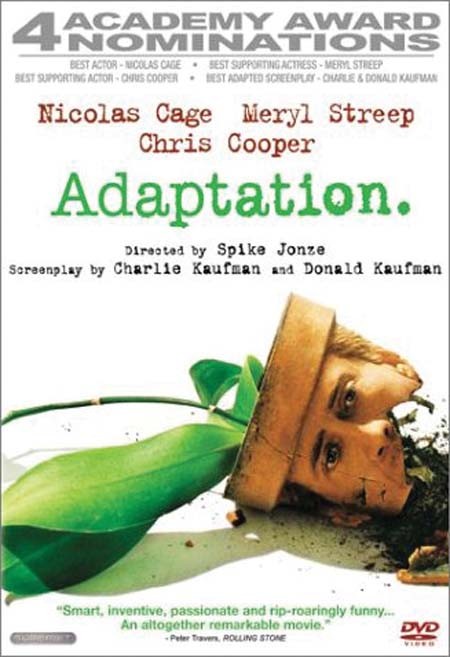
You could argue without fear of contradiction that Where the Wild Things Are is the most ambitious film ever conceived that was inspired by a 10-sentence-long picture book—but I don’t think even that sentiment does justice to this prickly, hilarious, devastatingly emotional work of art.
Maurice Sendak’s classic book certainly hinted at the complex psychology of childhood, with its rambunctious, wolf-costumed protagonist. Co-writer/director Spike Jonze (Being John Malkovich), however, has found the feature concept lurking beneath Sendak’s minimalist text—and burrowed straight into the heart of a troubled young psyche trying to understand itself.
The owner of that psyche is 10-year-old Max (Max Records), whom we meet while he’s chasing down the family dog with a fork. And that’s pretty typical Max: He’s angry about everything in his family dynamic, from his parents’ divorce to the lack of caring he sees in his older sister. So when Max acts out during a visit from his mother’s new boyfriend, it inspires an angry reaction from his mom (Catherine Keener)—and sends Max running out the front door toward a journey across the sea, to an island inhabited by strange creatures.
Jones and his co-scripter, Dave Eggers, do a brilliantly efficient job of establishing the stuff that occupies Max’s churning mind. From a frustrating run-in with his sister’s friends to the casually apocalyptic comments by his schoolteacher about the sun’s finite lifespan, Max dwells in a world defined by a sense of powerlessness. He’s so desperate to find something to give orders to, he turns one imaginary adventure into an opportunity to reprimand a fence.
So it’s no surprise that when Max finds himself in another world—even one where the natives are large and potentially frightening—he fashions himself their king. And they seem to need a king, particularly an insecure fellow named Carol (voiced by James Gandolfini), who’s demolishing their homes when Max arrives, enraged at the recent departure of KW (Lauren Ambrose). It’s almost as though the oversize beasts are working through the very same issues Max himself needs to work through.
And it’s also nowhere near as simplistic as that. Jonze and Eggers refuse to establish easy one-to-one correspondence between any denizen of the Wild Things’ world and Max’s family life—Carol at times serves as father figure, sometimes more like Max himself—while still understanding a fundamental truth of childhood play. Make-believe for Max becomes his tool for confronting the emotions and questions that anger, frighten and confuse him. When the creature Judith (Catherine O’Hara) responds to one shouted exchange with a distressed, “You’re not supposed to yell back,” it’s a way for Max to articulate his frustrations with his mother; he comforts the smaller, often-frightened Alexander (Paul Dano), who feels that nobody ever listens to him. All the creatures are parts of Max, and all of them are parts of his external life.
Yet all of them are also magically and perfectly distinctive. Jonze takes a calculated risk by telling this story using the decidedly old-fashioned, pre-CGI approach of costumed actors playing the creatures, but the combination of imposing bulk and tactile cuddliness works perfectly to match the mixture of love and fear with which Max approaches his human family. The voice actors are uniformly terrific, particularly Gandolfini, who makes Carol as sympathetic and mixed-up as Max himself. Their uneasy relationship becomes the challenging fulcrum of Where the Wild Things Are; when Carol and Max share a howl of mutual grief and loss, don’t be surprised if you’re bawling your eyes out.
It’s hard to know what most kids will make of a movie that, while it’s fundamentally about them, isn’t really for them. Jonze and Eggers include enough episodic fun that it could still keep youngsters entertained, but even when the characters are wrestling with each other, the filmmakers are wrestling with ideas far more challenging than the typical “be true to yourself” platitudes of so many kid-flicks. Max needs to confront his anger over his home not being the perfect, safe fortress he wants it to be and also his guilt over feeling angry at the people he knows he’s supposed to love. In a world not occupied by humans, Where the Wild Things Are watches with joy and compassion as Max gives himself—and the people around him— permission to be human.
WHERE THE WILD THINGS ARE
![]()
Max Records, James Gandolfini, Catherine Keener
Rated PG

|
The Dark Crystal (1982) Jim Henson, Frank Oz Rated PG |

|
Being John Malkovich (1999) John Cusack, Cameron Diaz Rated R |

|
The Little Bear Movie (2001) Kristin Fairlie, Dan Hennessey Rated G |

|
Adaptation. (2002) Nicolas Cage, Meryl Streep Rated R |
